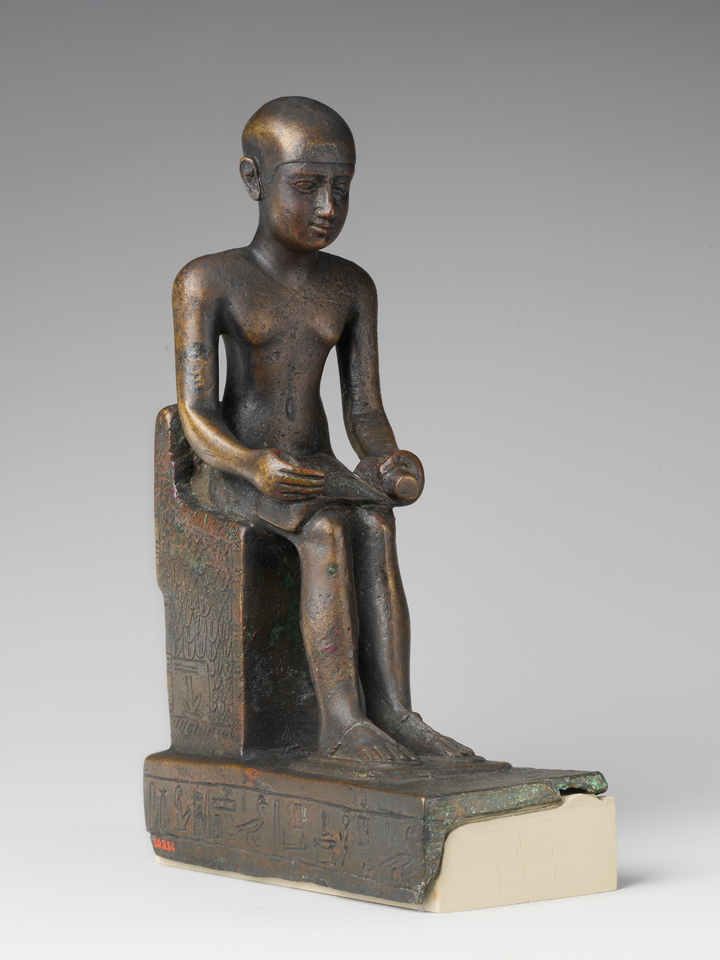Imhotep — c. 2667-2600 BCE

Unlike his depiction in 1999’s The Mummy, Imhotep was an architect as well as being a high priest of the sun god Ra. He served as a vizier to a number of pharaohs, which is the highest-ranked position under the king. According to many sources, the Step Pyramid of Djoser was his brainchild. This massive tomb, comprised of multiple stacked mastabas, marked Egypt’s first attempt at pyramid-like structures.
Several centuries after his death, he was deified, or worshiped as a god. It is during this time that the story of his life starts to seem a little exaggerated. This new version of Imhotep was not only an architect and statesman, but also a sculptor, a scribe, a doctor, a magician, and more. Some surviving prayers even reference Imhotep, begging for medical help—by this point in time, they were written in ancient Greek.

At-A-Glance
- Early Dynastic Period architect and vizier of Egypt for multiple pharaohs
- Served during the 3rd Dynasty
- Was active in the 27th Century BCE but was deified in the Late Period


